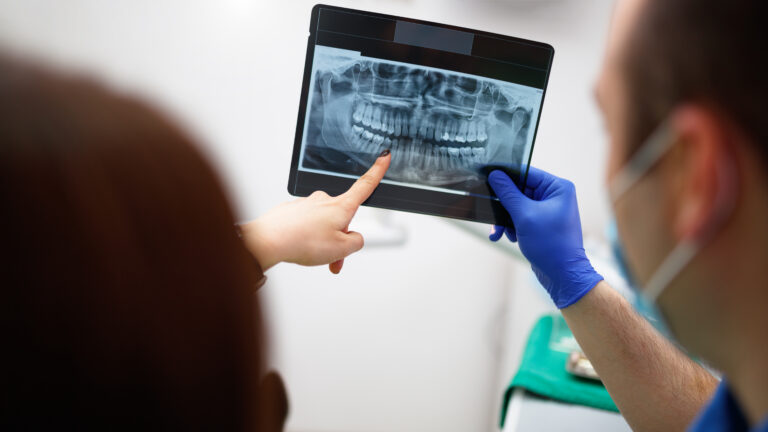
Dentistry without oversight
In a response published simultaneously in JAMA Internal Medicine, oral medicine expert Yehuda Zadik championed Feit’s point, calling it “an essential discussion about the necessity and risks of routine dental radiography, emphasizing once again the need for evidence-based dental care.”
Zadik, a professor of dental medicine at The Hebrew University of Jerusalem, noted that the overuse of radiography in dentistry is a global problem, one aided by dentistry’s unique delivery:
“Dentistry is among the few remaining health care professions where clinical examination, diagnostic testing including radiographs, diagnosis, treatment planning, and treatment are all performed in place, often by the same care practitioner” Zadik wrote. “This model of care delivery prevents external oversight of the entire process.”
While routine X-rays continue at short intervals, Zadik notes that current data “favor the reduction of patient exposure to diagnostic radiation in dentistry,” while advancements in dentistry dictate that X-rays should be used at “longer intervals and based on clinical suspicion.”
Though the digital dental X-rays often used today provide smaller doses of radiation than the film X-rays used in the past, radiation’s harms are cumulative. Zadik emphasizes that with the primary tenet of medicine being “First, do no harm,” any unnecessary X-ray is an unnecessary harm. Further, other technology can sometimes be used instead of radiography, including electronic apex locators for root canal procedures.
“Just as it is now unimaginable that, in the past, shoe fittings for children were conducted using X-rays, in the future it will be equally astonishing to learn that the fit of dental crowns was assessed using radiographic imaging,” Zadik wrote.

